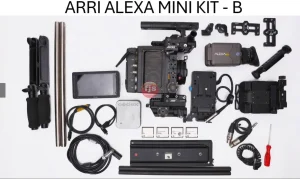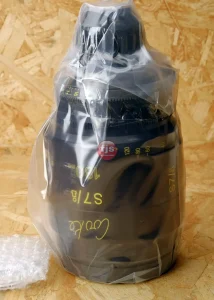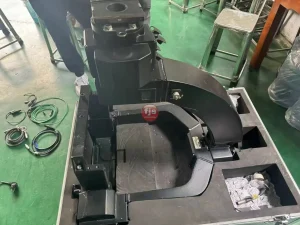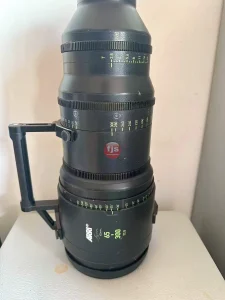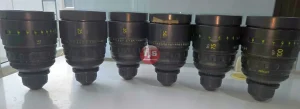The distinctive, cinematic aesthetic of anamorphic filming has captured filmmakers’ hearts for decades. But traditional anamorphic lenses can be expensive, bulky, and prone to certain technical limitations. So, what if you could achieve a similar visual style without committing to full-fledged anamorphic equipment? Enter the fascinating world of “anamorphic-like” filming with Master Prime lenses.
While Master Prime lenses are not true anamorphic lenses, they possess several key features that can lend an anamorphic-like quality to your footage. Let’s explore the potential benefits and considerations of using them for this creative exploration.
Key Features and Benefits:
- Beautiful bokeh: Master Primes are renowned for their stunning bokeh, characterized by smooth, oval out-of-focus highlights. This creamy bokeh shares similarities with the unique bokeh signature of anamorphic lenses, contributing to a more cinematic depth and dimension.
- Sharpness and detail: These lenses deliver exceptional sharpness and clarity, allowing you to capture crisp visuals that enhance the perceived depth and detail in your shots. This characteristic can mimic the distinct “anamorphic look” where background details pop and hold their definition across the wider aspect ratio.
- Fast aperture: With a consistent T1.3 aperture across the focal lengths, Master Primes offer excellent low-light performance and shallow depth of field control. This flexibility enables you to create selective focus effects and isolate your subject with a dreamy, almost anamorphic-like fall-off.
- Versatility: Unlike dedicated anamorphic lenses, Master Primes function as standard spherical lenses. This allows you to seamlessly switch between “anamorphic-like” shots and other creative looks within your project, offering greater flexibility and cost-effectiveness compared to a full anamorphic setup.
However, it’s important to remember:
- True anamorphic characteristics: These lenses won’t replicate the full range of unique effects associated with true anamorphic filming, such as horizontal lens flares and oval bokeh shapes across the entire frame.
- Aspect ratio: Shooting with Master Primes won’t automatically achieve the widescreen 2.35:1 aspect ratio associated with anamorphic cinematography. You’ll need to apply software de-squeezing techniques in post-production to replicate the wider format.
Conclusion:
While not a direct substitute for true anamorphic lenses, Master Primes offer a compelling alternative for filmmakers seeking an “anamorphic-like” aesthetic. Their exceptional sharpness, beautiful bokeh, and fast aperture contribute to a visually unique style that can enhance your project with a touch of cinematic flair. By understanding their strengths and limitations, you can use these versatile lenses to experiment with creative expression and discover new visual possibilities.
Questions and Answers:
Q: Will Master Prime lenses give me the same visual effects as true anamorphic lenses?
A: No, they won’t perfectly replicate all anamorphic characteristics. However, they can achieve a similar look in terms of beautiful bokeh, depth perception, and shallow depth of field control.
Q: Do I need an anamorphic camera to use Master Prime lenses for “anamorphic-like” filming?
A: No, you can use them with any standard camera. However, you’ll need to de-squeeze the footage in post-production to achieve the wider aspect ratio.
Q: Are Master Prime lenses a cheaper alternative to anamorphic lenses?
A: They can be, depending on the specific anamorphic lenses you consider. However, they still represent a significant investment compared to standard spherical lenses.


